Torch Red Tulsan
New Member
After several years of dreaming of building a cedar strip canoe, I was fortunate enough to inherit one this past weekend! It been passed from person to person over the last 15+ years with each one intending to fix it up. Now it's my turn, and I REALLY want to get it back on the water. I am an absolute amateur though. I've spent the last 3 days reading the forums and watching videos to get a better understanding, but I wanted to get as much advice as possible. About the only thing I'm pretty sure on is that I'd like to use West Systems' epoxy products.
Here are the pictures of what's going on with the canoe. I'll post a list of everything going on, but I'd like to prioritize and focus on one thing at a time as it's all going to be a learning experience.
Here's the list of what I see, my best guess at how to correct it, and my best guess at the order of priority.
Now for the pictures
Hole
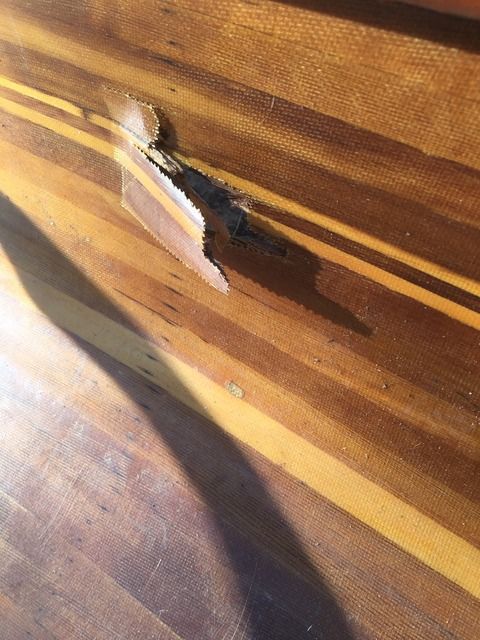
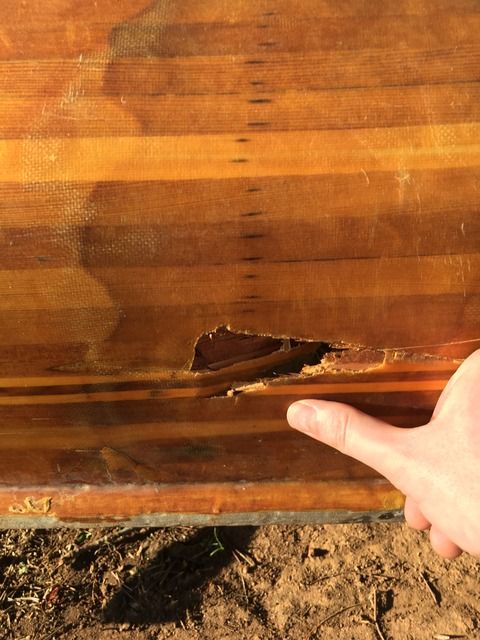
Crack in floor
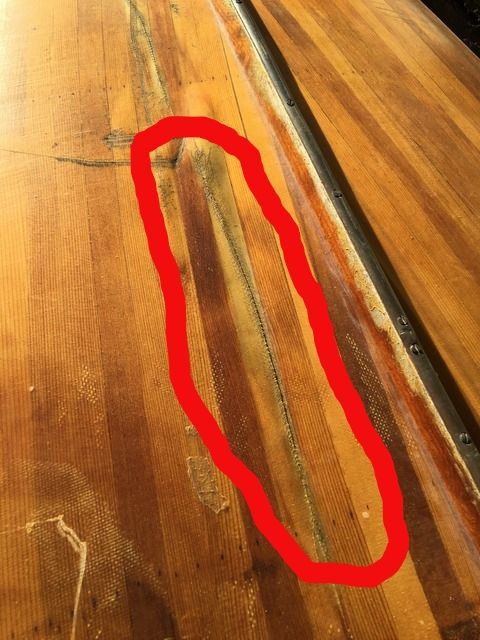
Delaminated Fiberglass

Darkened Wood
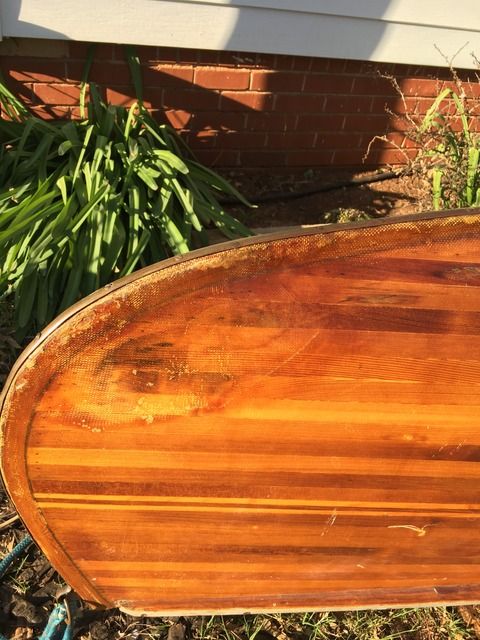
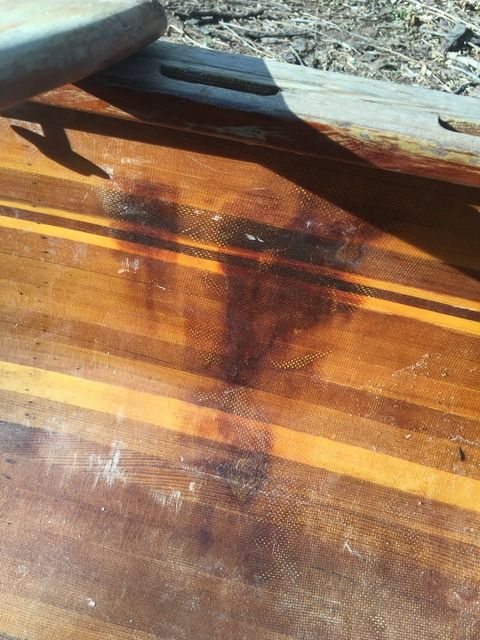
I have more pictures that I can share, but I'll just leave it with these for now so I don't blow up anyone's bandwidth.
Here are the pictures of what's going on with the canoe. I'll post a list of everything going on, but I'd like to prioritize and focus on one thing at a time as it's all going to be a learning experience.
Here's the list of what I see, my best guess at how to correct it, and my best guess at the order of priority.
- Hole in the side - Epoxy filling
- Crack in floor - Epoxy filling
- Delaminated fiberglass - Sand down and remove/replace fiberglass
- Darkened wood - Rotted
- Split inwale(?) - Epoxy
- Weathered decking - Sand and varnish
- No thwarts
Now for the pictures
Hole


Crack in floor

Delaminated Fiberglass

Darkened Wood


I have more pictures that I can share, but I'll just leave it with these for now so I don't blow up anyone's bandwidth.

